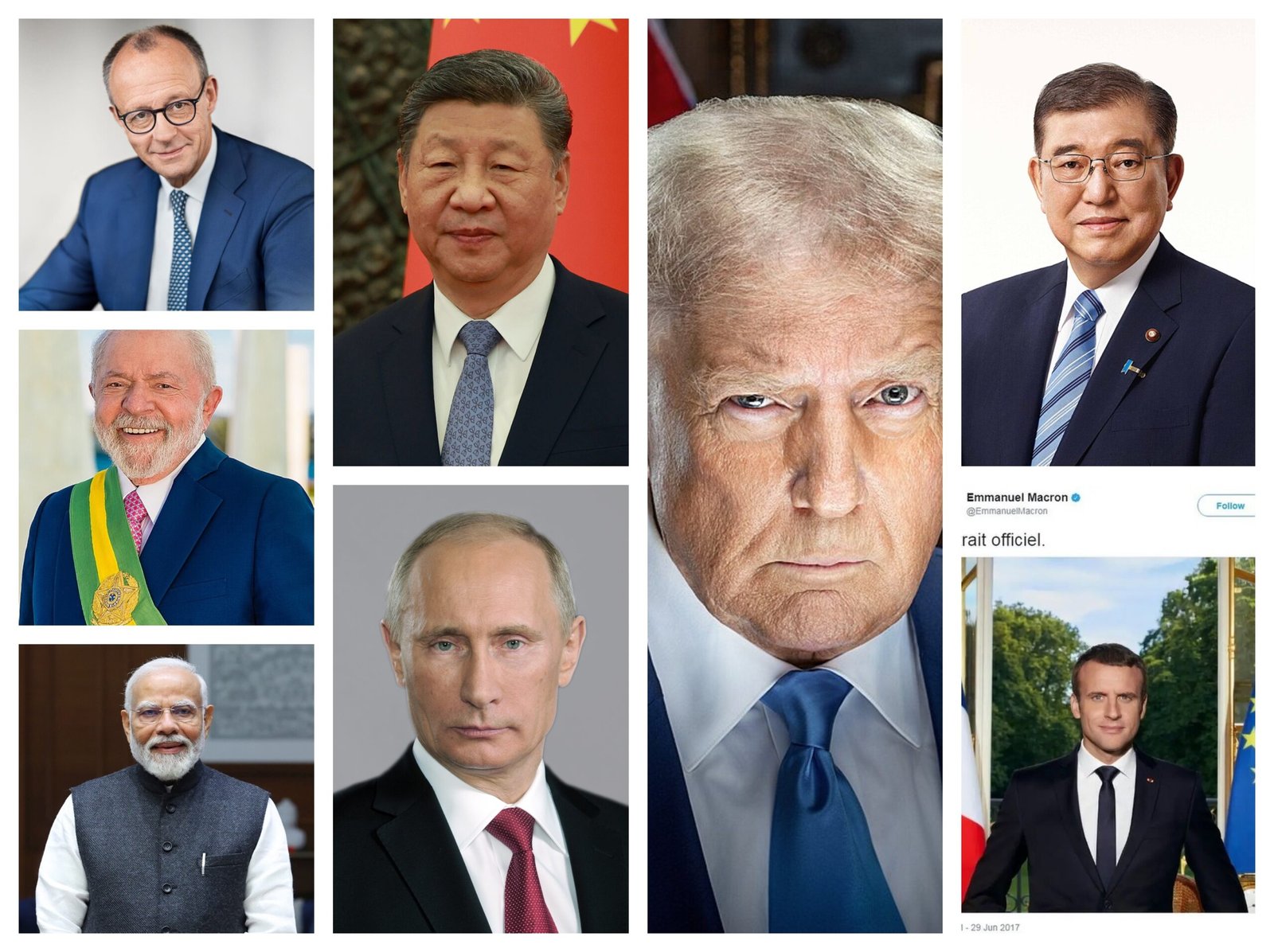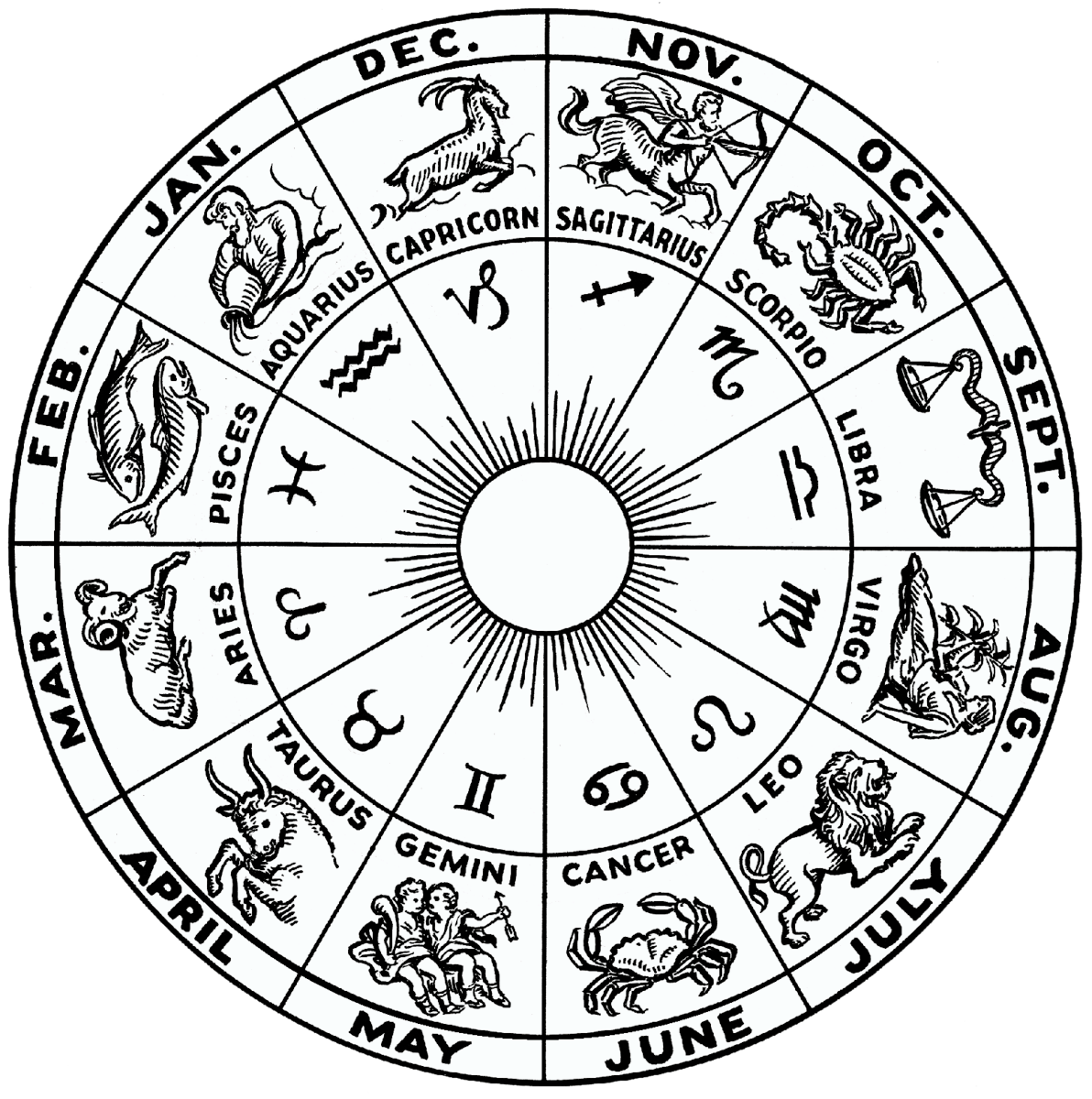By Gina Hill | Alaska Headline Living | October 2025
From Xi Jinping’s quiet leverage to Donald Trump’s high-stakes brinkmanship, the art of global negotiation is being rewritten in real time. Here’s how the world’s eight most influential leaders are playing the table, and who’s winning.
The New Global Negotiation Order
In a world where trade wars, climate compacts, and security alliances shift faster than stock markets, the true measure of leadership isn’t just military might or GDP, it’s the ability to negotiate outcomes that last.
Eight heads of state stand out as the current architects of this volatile order. Their strategies range from moral diplomacy to hardball transactionalism, from patient multilateralism to shock-and-awe deal-making. Taken together, they reveal a global power map in motion: one where rhetoric matters less than results, and tactical empathy can be as powerful as threats.
1. Xi Jinping (China)
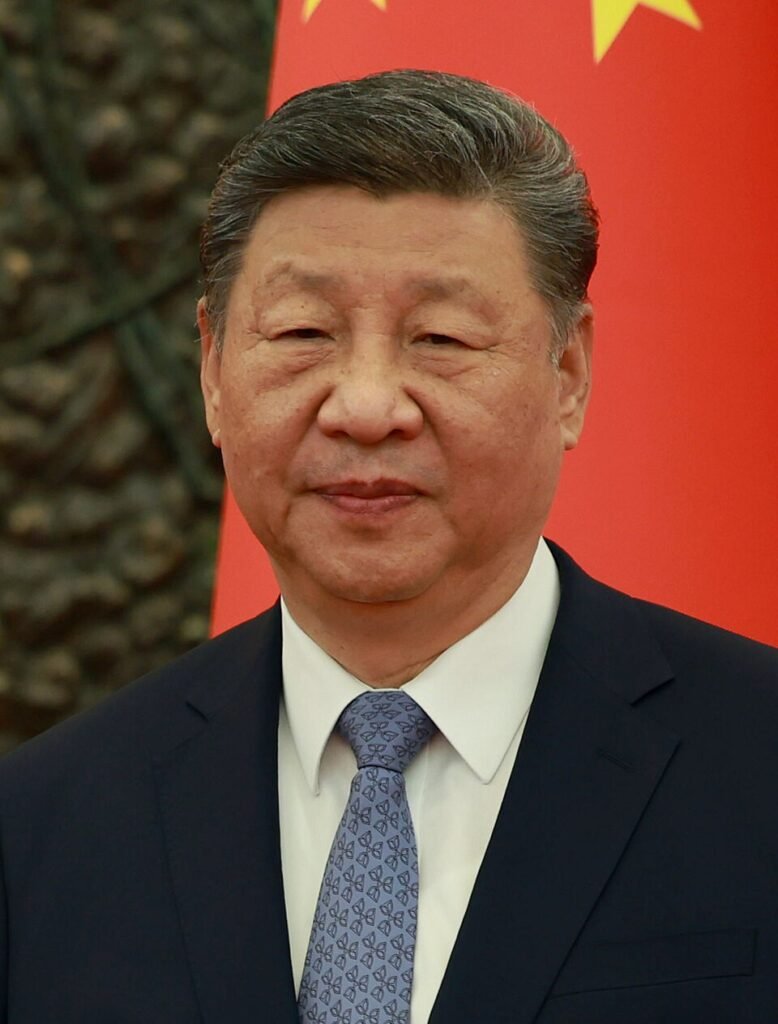
Tactics: Strategic patience and asymmetric leverage.
Xi plays the long game, using trade dependencies and regional alliances to ensure Beijing dictates the pace of any negotiation. His Belt and Road adjustments and rare-earth export controls have forced other economies to bargain on his terms.
Effectiveness: High. Despite Western pushback, China still drives the rhythm of Asia-Pacific economic talks.
2. Donald Trump (United States)
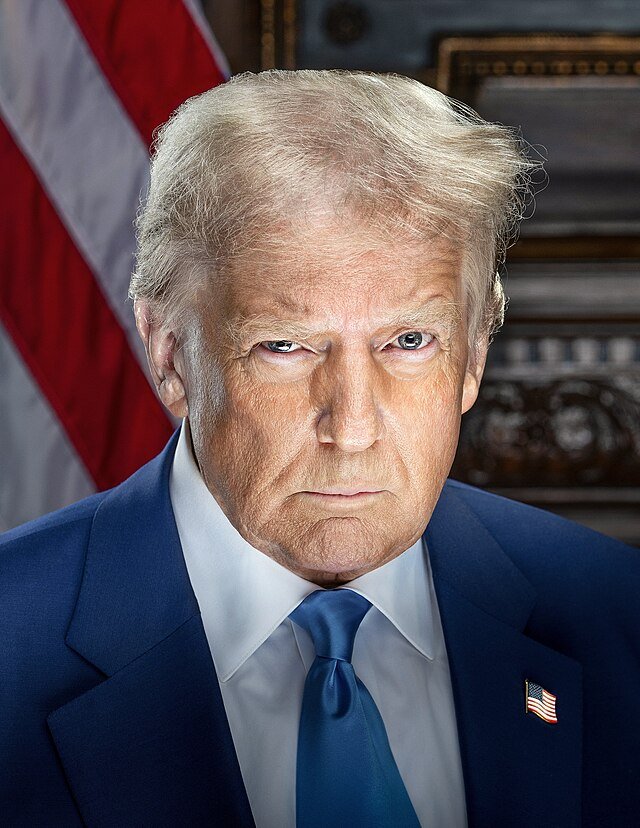
Tactics: Hard-anchoring and public-pressure diplomacy.
Since returning to the presidency in January 2025, Trump has revived his signature “Art of the Deal” style: forcing early concessions by threatening tariffs or withdrawal, then sweetening outcomes at the last minute. His direct talks with China and Mexico have yielded short-term gains and dramatic headlines.
Effectiveness: High-moderate. Trump gets movement quickly, though long-term sustainability remains uncertain.
3. Luiz Inácio Lula da Silva (Brazil)
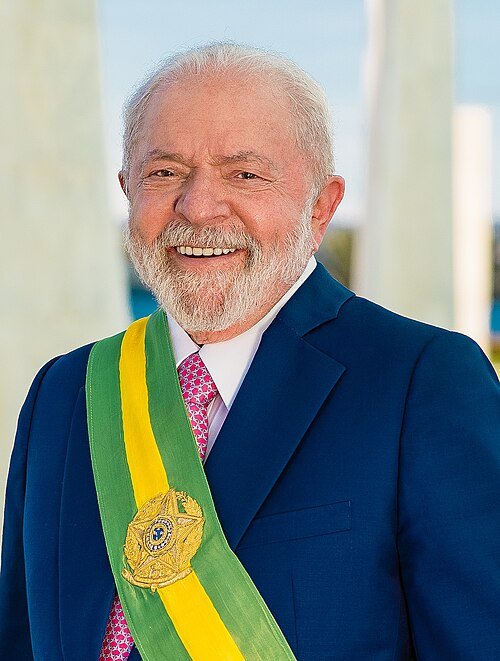
Tactics: Multilateral, moral-leverage diplomacy.
Lula positions Brazil as a voice of the Global South, engaging both Washington and Beijing while urging dialogue over sanctions. His restraint in recent U.S. tariff disputes and push for a regional green-energy alliance have elevated Brazil’s credibility.
Effectiveness: Moderate-high. Lula’s tone and timing keep Brazil at the negotiation table without overcommitting.
4. Narendra Modi (India)
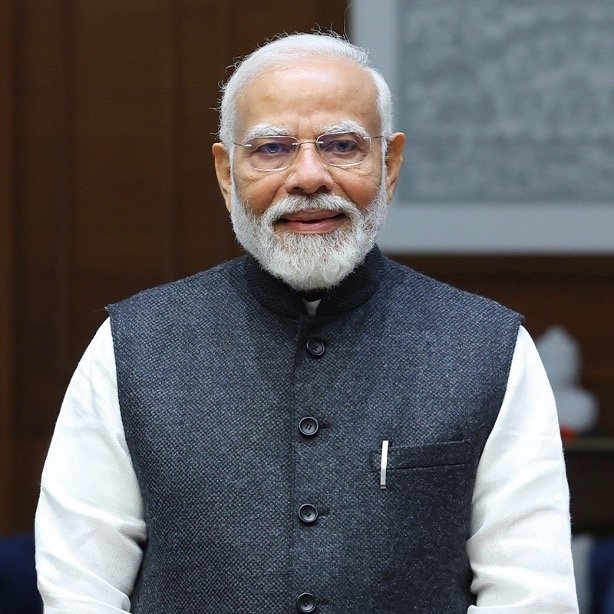
Tactics: Pragmatic autonomy and transactional balance.
Modi’s “India first” approach means taking deals à la carte, buying oil from Russia while deepening trade with the West. He excels at converting geopolitical tension into opportunity.
Effectiveness: Moderate-high. His calibrated neutrality has kept India indispensable to both East and West.
5. Friedrich Merz (Germany)
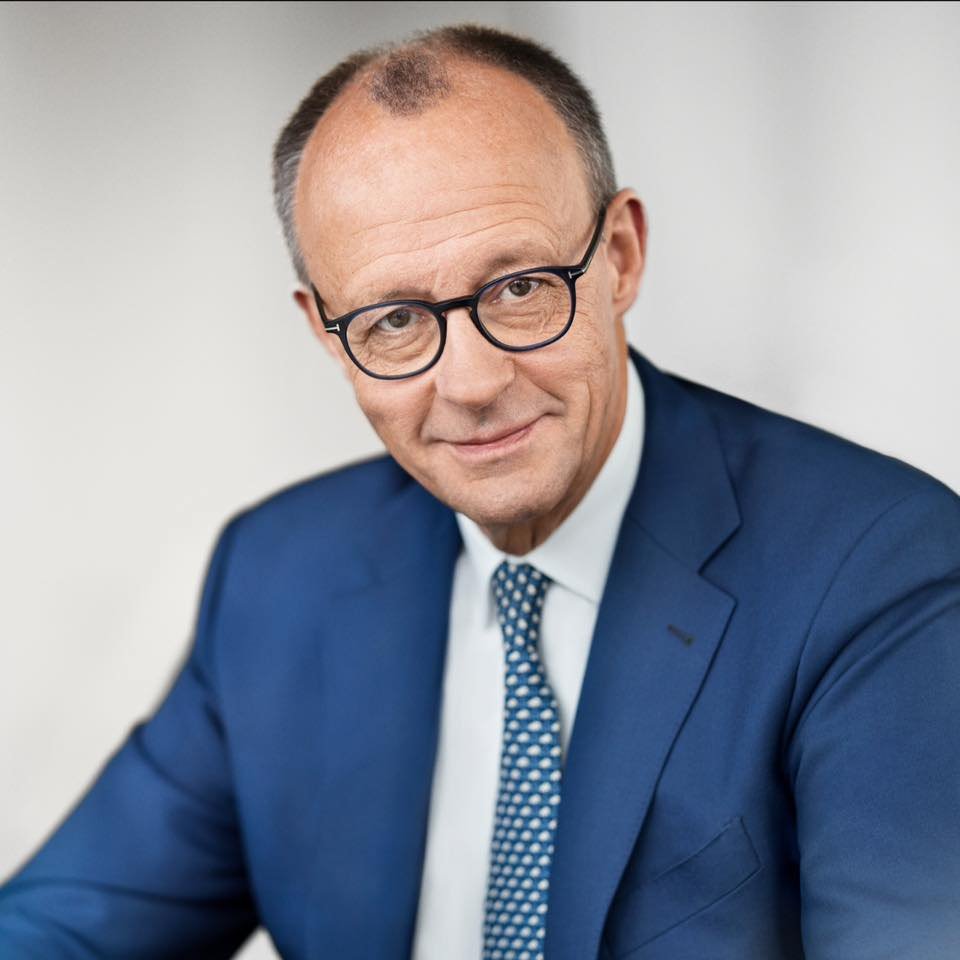
Tactics: Bold reform and EU economic leadership.
Merz blends fiscal conservatism with political audacity, seeking to reshape EU fiscal rules while courting Central Europe as a growth engine. His recent stance on NATO burden-sharing and European defense autonomy signals a willingness to push Brussels’ comfort zone.
Effectiveness: Moderate. Merz sets agendas but struggles to secure consensus amid competing EU pressures.
6. Emmanuel Macron (France)
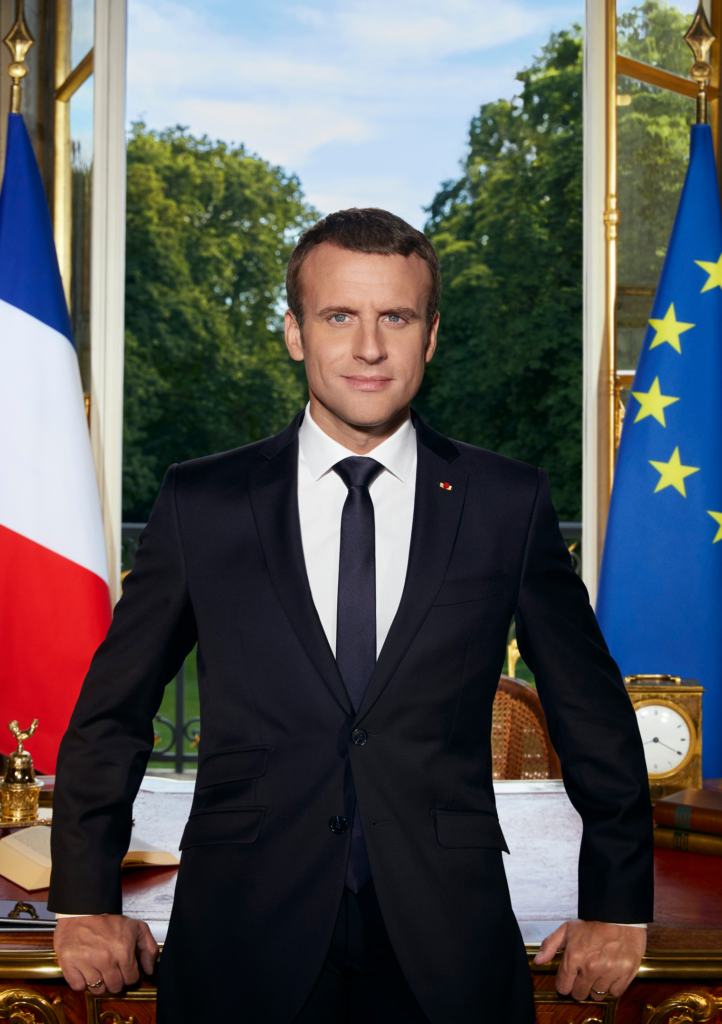
Tactics: Personal diplomacy and high-concept messaging.
Macron’s negotiation toolkit relies on charisma and vision, framing France as Europe’s conscience while maintaining flexibility in back-channel talks. From Africa to Ukraine, he oscillates between empathy and assertiveness.
Effectiveness: Moderate. Macron influences debate but often delivers symbolic wins over structural ones.
7. Shigeru Ishiba (Japan)
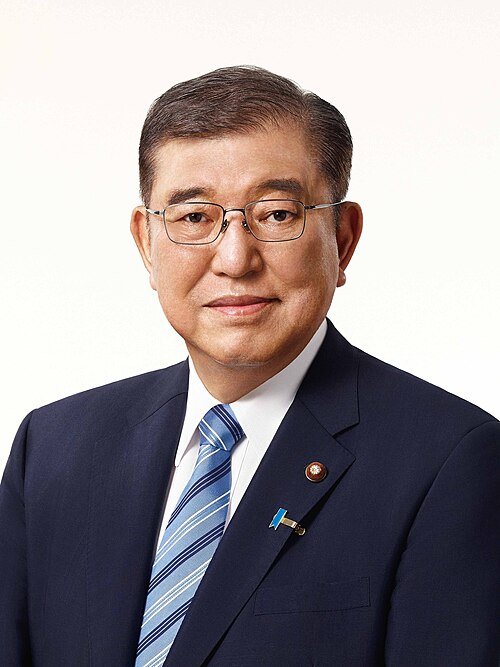
Tactics: Technical, alliance-balancing precision.
Japan’s new prime minister focuses on separating economic negotiations from defense commitments, aiming for steady, rules-based diplomacy. His Washington talks this year showed a careful, detail-driven effort to maintain alliance stability under pressure.
Effectiveness: Moderate-low. Credible and measured, but slow in a fast-moving geopolitical environment.
8. Vladimir Putin (Russia)
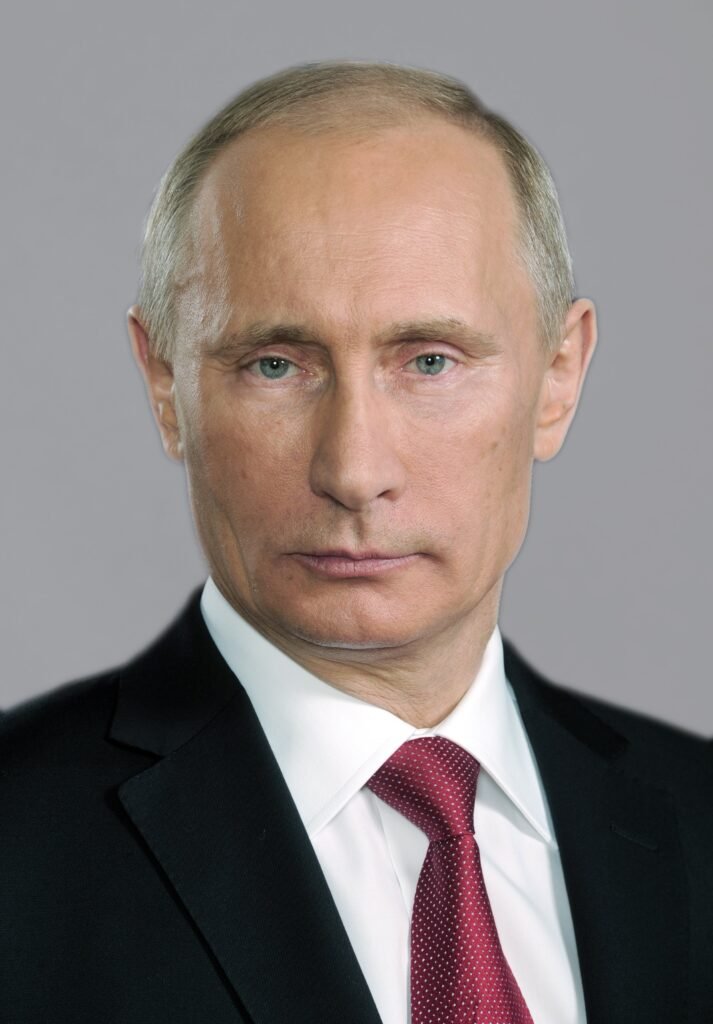
Tactics: Coercive bargaining and manufactured crisis leverage.
Putin continues to use conflict as a negotiation tool: escalating to force concessions, then offering selective de-escalation. The approach keeps Russia relevant but increasingly isolated.
Effectiveness: Low. Tactical wins come at enormous economic and diplomatic cost.
Global Negotiation Scorecard: Fall 2025
| Rank | Leader | Tactics Summary | Effectiveness | Success Level |
|---|---|---|---|---|
| 1 | Xi Jinping (China) | Strategic patience, asymmetric leverage | Drives Asia-Pacific agenda despite friction | High |
| 2 | Donald Trump (USA) | Hard-anchoring, leverage-first bilateralism | Fast bilateral results, uncertain durability | High-Moderate |
| 3 | Luiz Inácio Lula da Silva (Brazil) | Multilateral, moral leverage | Expands Brazil’s global influence | Moderate-High |
| 4 | Narendra Modi (India) | Pragmatic autonomy | Strong regional and domestic outcomes | Moderate-High |
| 5 | Friedrich Merz (Germany) | Bold reform, EU consensus seeking | Agenda-setter, mixed EU results | Moderate |
| 6 | Emmanuel Macron (France) | Personal diplomacy, EU narrative framing | Influential but inconsistent | Moderate |
| 7 | Shigeru Ishiba (Japan) | Detail-oriented alliance balancing | Cautious, slow to deliver | Moderate-Low |
| 8 | Vladimir Putin (Russia) | Coercive crisis tactics | Short-term leverage, long-term isolation | Low |
Wrap-Up: The Age of Uneven Power

What defines today’s negotiation landscape isn’t ideology. It’s adaptability. Leaders who can blend hard power with emotional intelligence, like Xi and Lula, are gaining traction in multipolar arenas. Those relying solely on pressure or charisma, like Trump and Macron, score quick points but risk volatility.
As the decade unfolds, the measure of power is shifting from who speaks the loudest to who listens with purpose and converts conversation into enduring influence. The next generation of global deals will be forged both at the table and in the space where worldviews meet.

